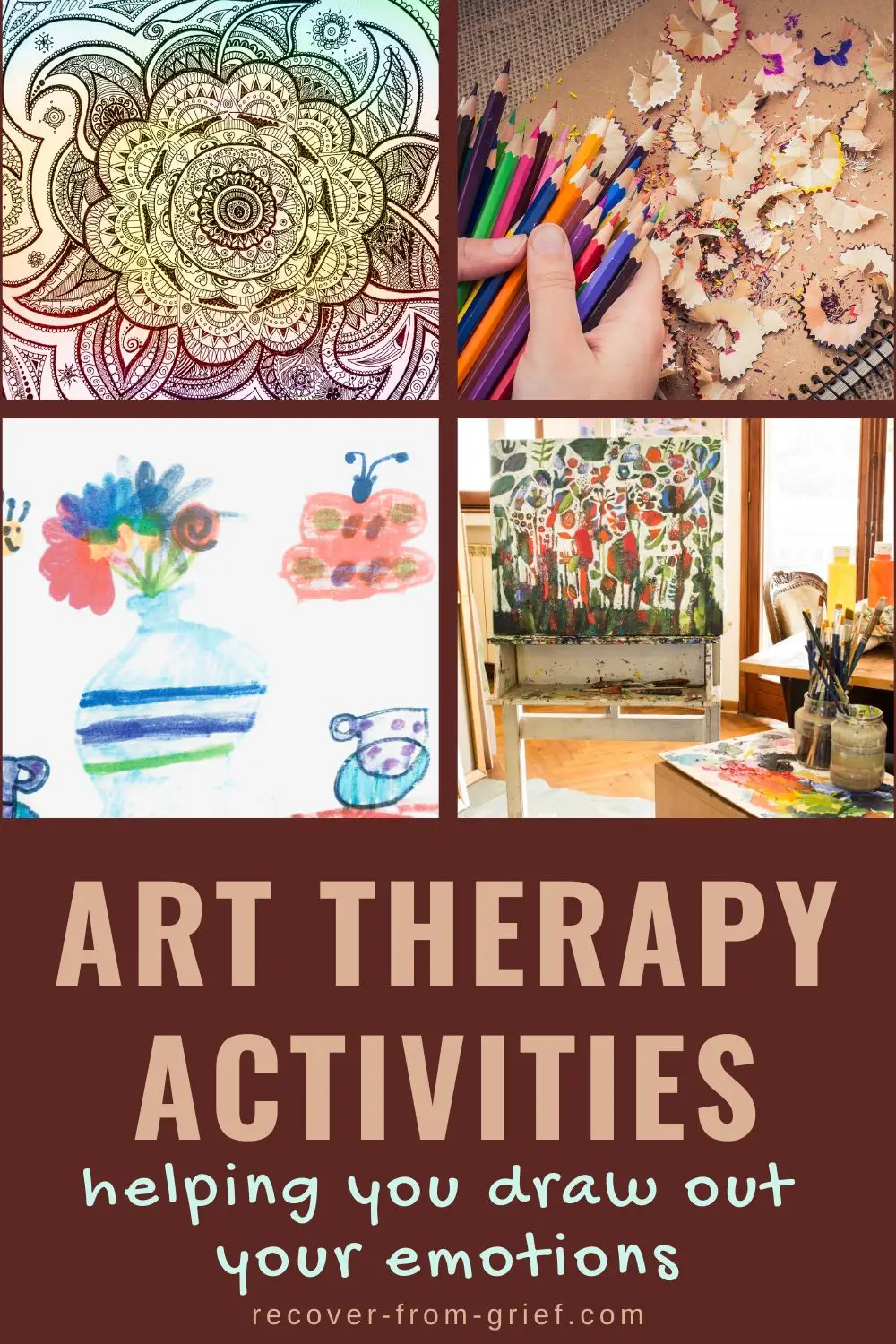“The creative process involved in the making of art is healing and life-enhancing”.
~American Art Therapy Association Mission Statement
Art therapy activity… Have you ever experimented with art in order to draw out emotions? Stress? Anguish?
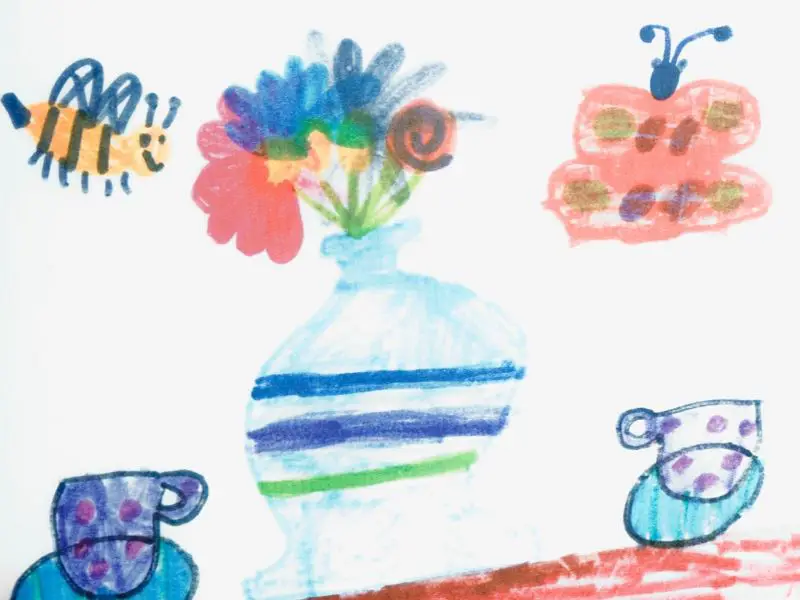
This page will help you get started with your art therapy projects. We’ll provide a supplies shopping list, make suggestions for creating a peaceful “healing place”, and describe several art therapy activity ideas and projects to get you started. We suggest that you begin with an art journal or sketchbook as explained below.
As you begin to express your emotions through images, you will discover your inner voice – the voice of your heart. Using art to express this voice will enable you to connect, maybe for the first time, with your deepest feelings and emotions. Expressing them through color, form, shape, and texture releases their hold on you, clearing the way for healing to begin.
Another value of art as therapy: it gives you an enjoyable respite from your griefwork. And let go of your critical inside voice that says things to you like: “Don’t waste paint”, or “You should be doing something else”.
Art making is a valuable and life-enhancing activity. Allow yourself the freedom to explore and experiment and use as much material and time as you want. You may even be surprised at the results!
What Do I Need To Start My First Art Therapy Activity?
Where to get this stuff? Most of it can be found in the office supply section of Walmart or the Dollar Store. Some of the more specialized (and fun) tools must be bought at a craft place like Michael’s, or an art supply store. Look for “art supplies” in the yellow pages.
Or,m if you prefer to get them online, Amazon carries pretty much everything you need.
Here’s what you’ll need to get started:
- All-purpose sketch pad (11×14 or 14×17 might be best to start with)
- Oil Pastels (Cray-Pas); Box of at least 12 colors
- Set of colored pencils
- Set of thin-line felt-tipped markers in several colors
- Artist’ drawing pencils, soft lead like 2B or 4B, and sharpener
- Gum eraser and white eraser
- Crow Quill pen and bottle of black India ink; this is really cool! Tip: you must burn the tip of a new crow quill pen with a match or candle before the first use.
Where to set up a healing space where you can do your artwork?
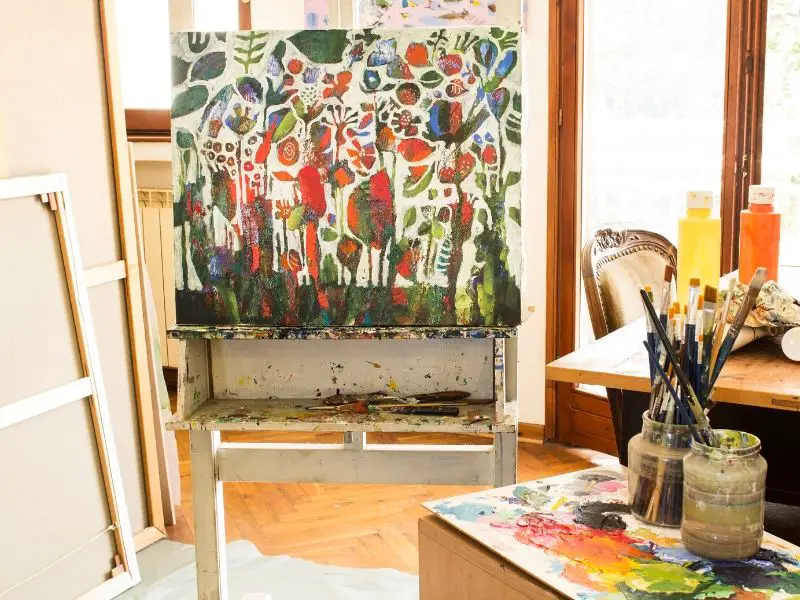
Try to find a quiet, private spot where you can work undisturbed or with few distractions. Make this place pleasant and restful. Light some candles or even incense. Bring in some of your favorite comfort items, photos, memorabilia, some cut flowers.
Look at your artwork sessions as classes or “lessons”, where you are working to connect with your soul.
Commit to one or two sessions per week, or even daily if you find you really enjoy and “get into” it.
Pop in a CD of some soothing music: soft instrumental, easy classical or “new age” would be best. Nature tapes are also nice, and readily available at bookstores or even Walmart. No harsh, jarring music or songs with lyrics, as the words invade the creative “imagery” left-side areas of your brain.
Okay, Now What?
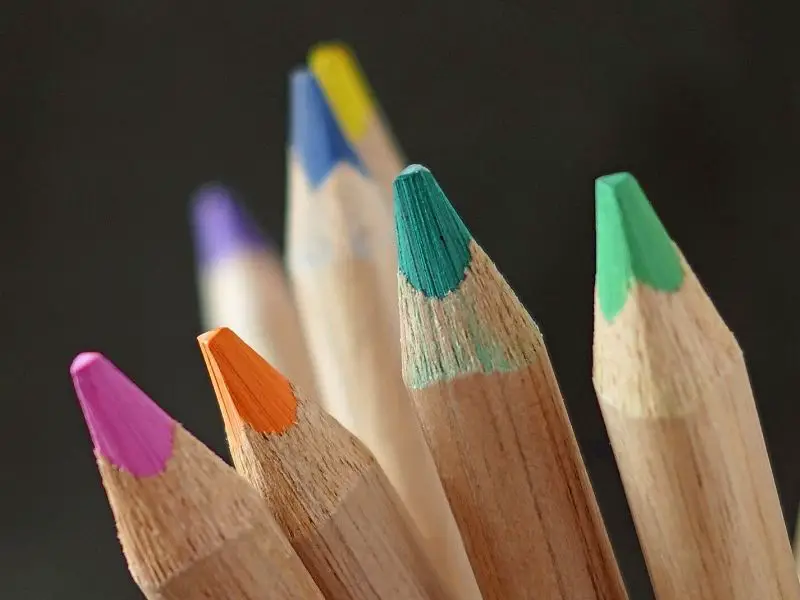
There you are, all your shiny new art pencils sharpened and a sketch pad open. How do you get started? There are two ways you can go with this:
- Unstructured, spontaneous creation: just pick up a pencil, crow quill or pastels and start making a picture
- Start with a question or intention in your mind.
The first one is self-explanatory. But for the second way, you’ll need a bit of help. Try this technique.
As you start each exercise, take a few moments for some “guided imagery”.
Get comfortable, put on some soft music, close your eyes and focus on what you are attempting to accomplish with this session. For example, if you are going to visualize “anger”, attempt to see the colors and shape of that emotion in your mind’s eye first.
Then open your eyes, choose the best medium, and get started. The images will come. You want to draw or paint an image of what your emotion looks like. And there is no right or wrong way to visualize it. Just work at it and trust your own way of coming to an image. It’ll happen!
When you are done, take a good long look at your new creation. Do not analyze or criticize it, but do ponder it. What does it tell you? On the backside of the page, write the date and give your picture a title. Then write a few sentences from your heart about it.
Nurture Your Inner Child… Color A Mandala!
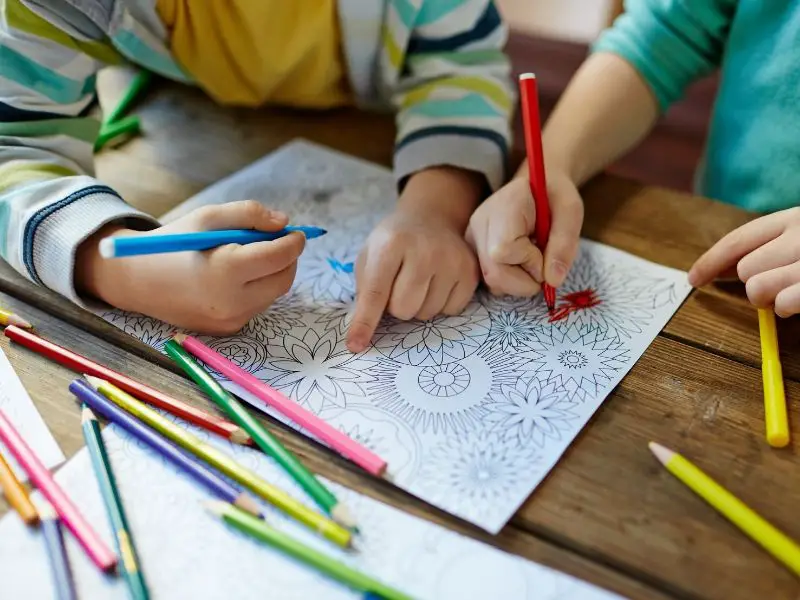
What’s a Mandala?
The word “Mandala” is Sanskrit for “whole world” or “healing circle.” It’s an intricate or simple design of colorful curved shapes with a prominent center.
Mandalas were originally used in Eastern religions as symbols to help people meditate and for protection and healing rituals.
The practice is now popular in the Western world with psychologists. Coloring or painting mandalas provides comforting rhythmic activity, soothing relaxation, and stress relief. It is felt that the beautiful drawings work on the subconscious to make you more centered and calm.
The psychoanalyst Carl Jung saw the mandala as “a representation of the unconscious self,” and believed that mandala paintings helped him identify emotional disorders and work towards wholeness in personality.
Remember how comforting it was to color when you were a child? Why not get yourself a book of mandalas today and experience this calming artistic activity?
Isn’t this one beautiful? I love the soft, calming colors.
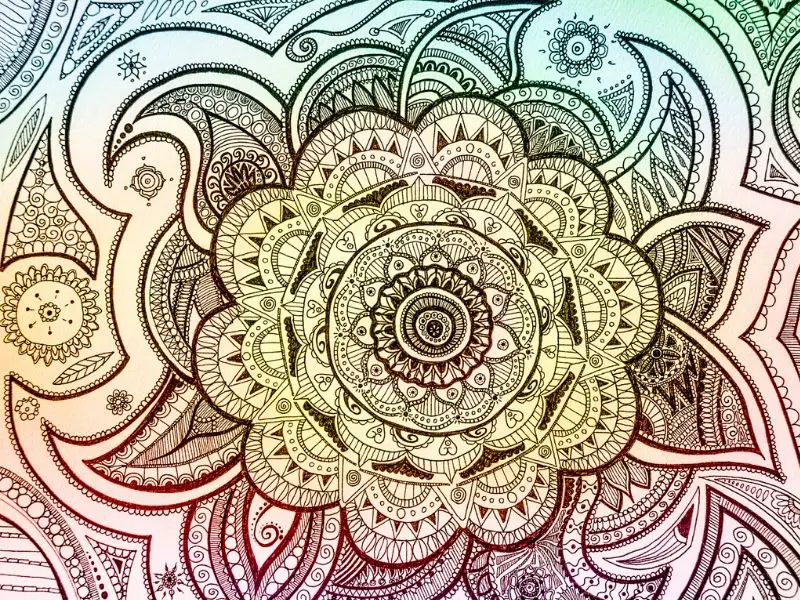
Here are a few other exercises to get your artistic juices flowing:
- Doodle with a dark marker or pencil with your eyes closed. Then color in some of the spaces. Embellish it where needed.
- Doodle with your non-dominant hand. Add color. Give it a title.
- Draw a cartoon. Add some words to it.
- Circle drawings – It is believed that circular shapes, mandalas, have calming effects and promote emotional continuity. Take a dinner or salad plate, place it on the blank page and trace around it. Then make your creation within the circle.
- “Drawing ” your emotions: sit back and do the guided imagery with one of the following emotions before getting started:

Caught the art bug? Then try your hand at painting next!
